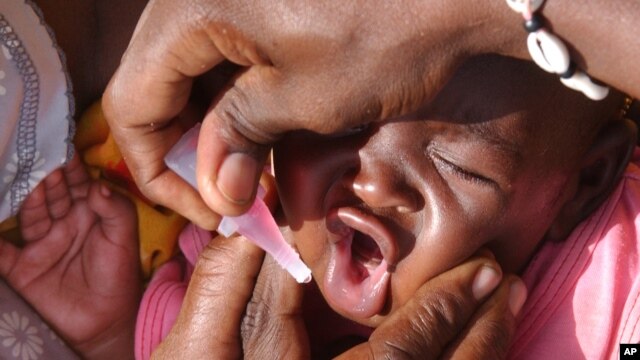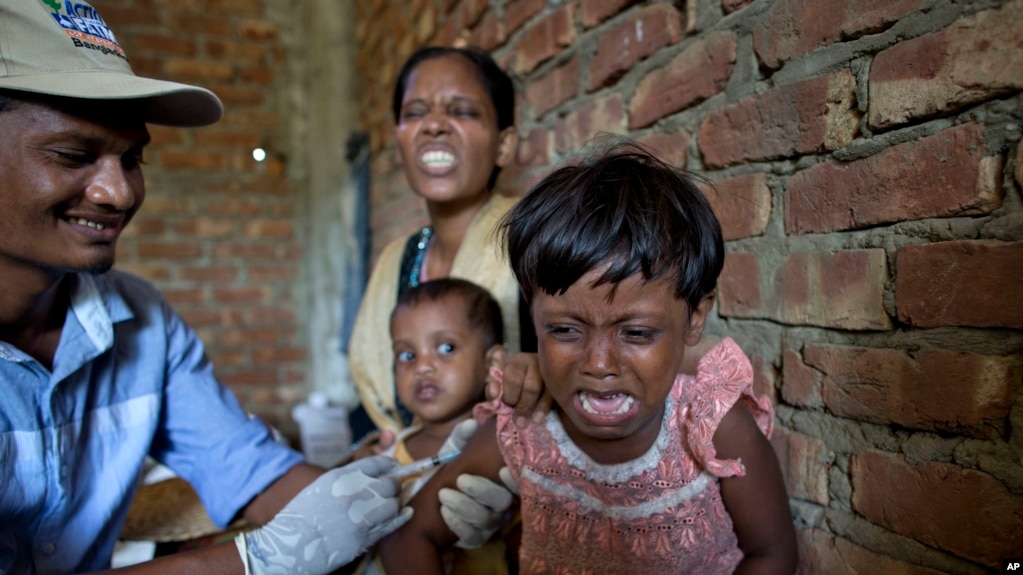Outstanding.
Other Countries Are So Much Better At Vaccinating Their Kids For Measles FiveThirtyEight
Several countries with a GDP per capita of less than $1,000 — Burundi, Rwanda, Tanzania and Uganda, among them — now have an infant measles vaccination rate that is higher than that of the U.S.1
Between 97 and 98 percent of American infants were vaccinated for measles in the early 1980s, according to the World Health Organization. But as of 2013, the rate was 91 percent.
U.S. measles vaccination rates have not entirely rebounded since they fell to 82 percent in 1987, the year after Congress passed the National Childhood Vaccine Injury Act, which recognized that many vaccines weren’t properly tested for side effects and which compensates people injured by immunizations. Since then, health officials say, vaccines have been tested thoroughly and are safer, but American parents haven’t fully responded to that messaging. Immunization rates in the U.S. haven’t topped 93 percent in any single year between 1990 and 2013, the year with the latest available data. ...
Fewer than 10 of 100,000 Burundians have contracted measles each year since 2003, after the country regularly topped 500 cases per 100,000 people in the 1980s. Other countries with big increases in immunization rates have seen similar magnitudes of decline in cases. Meanwhile, in the U.S. last year, there were 0.22 cases per 100,000 people, the highest level in 20 years — and more than twice 2014’s rate in Burundi (0.08 cases per 100,000 people).
Between 97 and 98 percent of American infants were vaccinated for measles in the early 1980s, according to the World Health Organization. But as of 2013, the rate was 91 percent.
U.S. measles vaccination rates have not entirely rebounded since they fell to 82 percent in 1987, the year after Congress passed the National Childhood Vaccine Injury Act, which recognized that many vaccines weren’t properly tested for side effects and which compensates people injured by immunizations. Since then, health officials say, vaccines have been tested thoroughly and are safer, but American parents haven’t fully responded to that messaging. Immunization rates in the U.S. haven’t topped 93 percent in any single year between 1990 and 2013, the year with the latest available data. ...
Fewer than 10 of 100,000 Burundians have contracted measles each year since 2003, after the country regularly topped 500 cases per 100,000 people in the 1980s. Other countries with big increases in immunization rates have seen similar magnitudes of decline in cases. Meanwhile, in the U.S. last year, there were 0.22 cases per 100,000 people, the highest level in 20 years — and more than twice 2014’s rate in Burundi (0.08 cases per 100,000 people).
Other Countries Are So Much Better At Vaccinating Their Kids For Measles FiveThirtyEight





